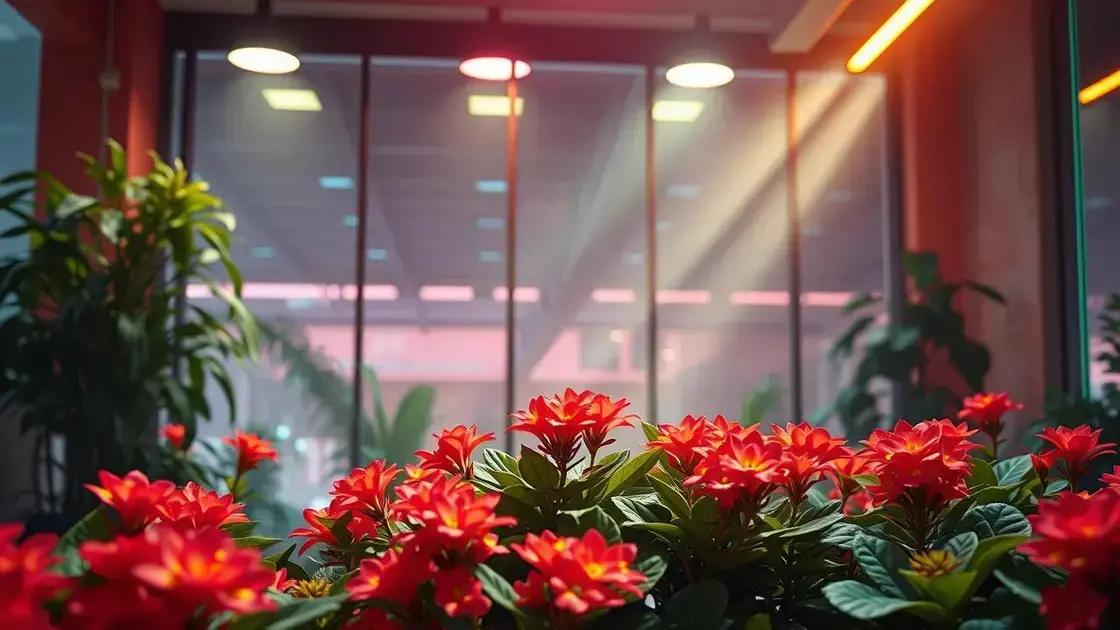How to care for a kalanchoe plant indoors can be a daunting task for new plant enthusiasts. Understanding the specific needs of this gorgeous succulent is crucial to keeping it thriving in your home. With proper insights and care techniques, you can ensure your kalanchoe flourishes beautifully. Explore our tips below to discover how to give your plant the best indoor care.
Table of Contents
ToggleWatering techniques for kalanchoe care
How to care for a kalanchoe plant indoors begins with understanding the right watering techniques that keep your plant thriving. Proper hydration is essential for maintaining the health and beauty of your kalanchoe, allowing it to flourish indoors.
Understanding kalanchoe’s watering needs
- Kalanchoe plants are succulents, which means they store water in their leaves.
- They thrive in dry conditions and prefer infrequent watering.
- Overwatering can lead to root rot, so caution is key.
Best practices for watering kalanchoe
- Check soil moisture regularly. Allow the top inch of soil to dry out completely before watering.
- Use room temperature water to avoid shocking the plant.
- Water thoroughly until it drains from the bottom of the pot, ensuring the roots are well-hydrated.
- During winter, reduce watering frequency as the plant enters a dormant stage.
Signs your kalanchoe needs water
- Leaves appear wrinkled or shriveled.
- The soil feels completely dry and crumbly.
- Lower leaves start to drop off.
Watering schedule recommendations
| Season | Watering Frequency |
|---|---|
| Spring | Every 7-10 days |
| Summer | Every 6-8 days |
| Fall | Every 10-14 days |
| Winter | Every 2-3 weeks |
For more new techniques in plant care, consider exploring indoor gardening techniques to enhance your skills.
By observing these watering techniques, you can ensure your kalanchoe thrives and remains vibrant in your indoor space.
Optimal lighting conditions for kalanchoe indoors

Optimal lighting conditions for kalanchoe indoors are crucial for maintaining the health of your plant. Providing the right amount of light will ensure vibrant blooms and strong growth.
Understanding kalanchoe light requirements
- Kalanchoe thrives in bright, indirect sunlight.
- Aim for 6 hours of light daily to promote flowering.
- Direct sunlight can scorch its leaves, leading to damage.
Best locations for your kalanchoe
- Place your kalanchoe near east or west-facing windows for ideal light exposure.
- Avoid areas with low light, such as basements or corners of rooms.
- Consider rotating your plant to ensure even light distribution on all sides.
Signs your kalanchoe is getting adequate light
- Leaves are vibrant green without brown tips.
- New growth is occurring regularly.
- Flowers bloom consistently during its growing season.
Using artificial lighting for kalanchoe
| Type of Light | Recommended Duration |
|---|---|
| LED grow lights | 12-14 hours daily |
| Fluorescent lights | 10-12 hours daily |
| Incandescent lights | Not recommended |
For those keen on expanding their skills, consider exploring indoor gardening techniques that cover essential light setups.
By following these optimal lighting conditions, your kalanchoe will thrive indoors, producing beautiful flowers and lush foliage.
Essential nutrients for a healthy kalanchoe plant
Essential nutrients for a healthy kalanchoe plant are vital for its growth and vibrant leaves. Understanding these nutritional needs ensures your kalanchoe thrives indoors.
Key nutrients your kalanchoe needs
- Nitrogen: Promotes healthy leaf growth and deep green foliage.
- Phosphorus: Crucial for root development and flower production.
- Potassium: Improves overall plant health and strengthens the plant’s defenses against pests.
Best fertilizers for kalanchoe
- Use a liquid fertilizer specifically formulated for succulents.
- Consider a balanced 20-20-20 fertilizer diluted to half strength during the growing season.
- Opt for slow-release fertilizers to ensure continuous feeding over time.
How to fertilize your kalanchoe
| Step | Details |
|---|---|
| 1 | Water the plant thoroughly a day before application. |
| 2 | Apply fertilizer every 4-6 weeks during spring and summer. |
| 3 | Reduce feeding frequency in fall and winter when the plant is dormant. |
Signs of nutrient deficiencies in kalanchoe
- Yellowing leaves, indicating a lack of nitrogen.
- Stunted growth, often due to insufficient phosphorus.
- Weak stems signaling a potassium deficiency.
For further insights and enhanced skills, consider exploring indoor gardening techniques that provide detailed information on plant care.
By understanding and supplying the essential nutrients for a healthy kalanchoe plant, you can enjoy a flourishing, beautiful indoor garden.
In conclusion
Caring for a kalanchoe plant indoors requires an understanding of its unique needs, including proper watering techniques, optimal lighting conditions, and essential nutrients. By implementing these key strategies, you’ll ensure your kalanchoe thrives, enhancing your indoor garden significantly. For more insights, check out these tips on enhancing your indoor garden and explore additional ways to cultivate beautiful houseplants.

